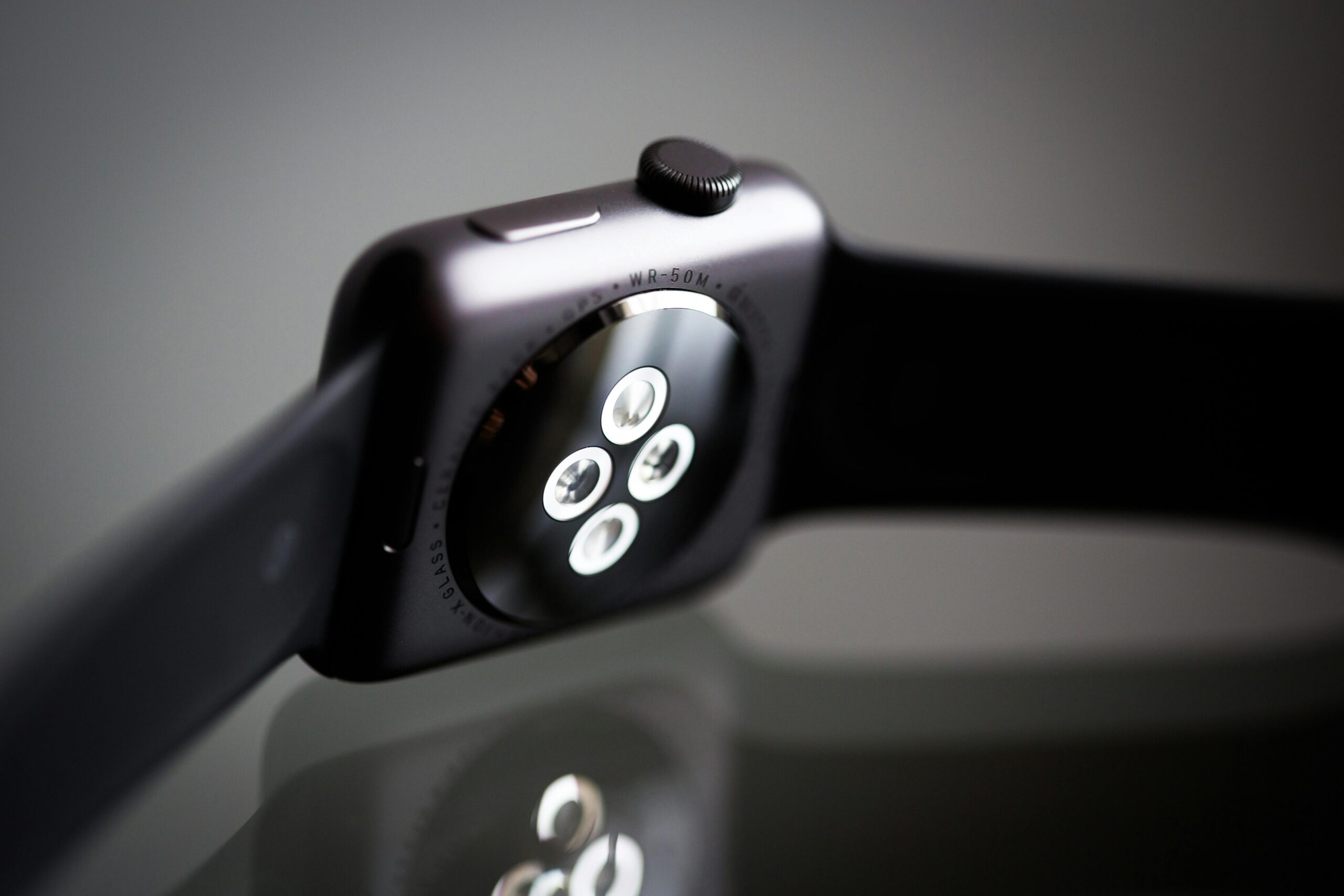Table of Contents
Exploring the Pitfalls of Wearable Health Tech:
Introduction:
Wearable technology has revolutionized the healthcare industry, offering promising solutions for monitoring patient health remotely, promoting wellness, and enhancing diagnostics. However, amidst the excitement surrounding these innovations, it’s essential to recognize and address the potential disadvantages associated with wearable healthcare devices. While these gadgets have undeniably brought numerous benefits, they also present challenges and drawbacks that must be carefully considered.
1. Privacy Concerns:
One of the primary disadvantages of wearable technology in healthcare revolves around privacy issues. These devices collect vast amounts of personal health data, including vital signs, activity levels, and even biometric information. Ensuring the security and confidentiality of this sensitive data poses a significant challenge. Unauthorized access, data breaches, and misuse of personal health information are genuine concerns that could lead to severe consequences for individuals and healthcare providers alike.
2. Data Accuracy and Reliability:
While wearable health devices promise accurate health monitoring, there are concerns regarding the reliability and precision of the data they generate. Factors such as device calibration, sensor accuracy, and user compliance can all affect the quality of the data collected. Inaccurate or inconsistent readings may lead to incorrect diagnoses, inappropriate treatments, or missed health issues, ultimately undermining the efficacy of wearable health technology.
3. User Compliance and Engagement:
Wearable health devices rely heavily on user compliance and engagement to deliver meaningful insights and drive positive health outcomes. However, maintaining long-term user engagement can be challenging. Many users may lose interest in tracking their health data over time, leading to decreased device usage and limited benefits. Additionally, certain demographic groups, such as older adults or individuals with limited technological literacy, may struggle to adopt and use wearable health technology effectively.
4. Integration with Healthcare Systems:
The seamless integration of wearable health technology into existing healthcare systems remains a significant hurdle. Healthcare providers face challenges in incorporating data from wearable devices into electronic health records (EHRs) and clinical workflows. Without robust integration capabilities, valuable health insights collected by wearables may remain siloed and underutilized, hindering their potential to inform clinical decision-making and improve patient care.
5. Overreliance on Technology:
While wearable health devices can empower individuals to take control of their health, there is a risk of overreliance on technology and diminishing reliance on traditional healthcare practices. Relying solely on wearable devices for health monitoring may lead to complacency regarding regular check-ups, consultations with healthcare professionals, and preventive care measures. Furthermore, the overemphasis on data-driven insights may overlook the holistic aspects of healthcare, such as emotional well-being and social determinants of health.
6. Affordability and Accessibility:
Despite their potential benefits, wearable health devices are not accessible to all individuals due to cost barriers. High device costs, coupled with ongoing expenses such as subscriptions and maintenance, may limit access to vulnerable populations and exacerbate existing health disparities. Additionally, disparities in access to technology and internet connectivity further widen the gap in healthcare access, particularly in underserved communities.
Conclusion:
While wearable technology holds tremendous promise for transforming healthcare delivery and empowering individuals to monitor and manage their health proactively, it is crucial to acknowledge and address the potential disadvantages associated with these innovations. Privacy concerns, data accuracy issues, user engagement challenges, integration barriers, overreliance on technology, and accessibility issues all pose significant hurdles that must be overcome to realize the full potential of wearable health technology. By proactively addressing these drawbacks, stakeholders can work towards harnessing the benefits of wearable technology while mitigating its inherent risks, ultimately advancing the goal of accessible, equitable, and effective healthcare for all.
